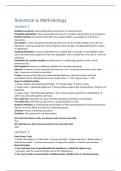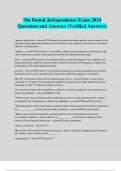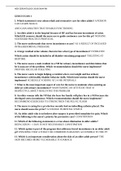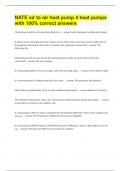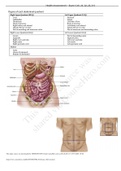Exam (elaborations)
Statistics & Methodology Last-Minute Study Guide + Exam questions
- Course
- Institution
Quick revision notes for last-minute study, which include 2-3 key questions for each lecture and 20 questions that were asked in the exam. Answers are included.
[Show more]
